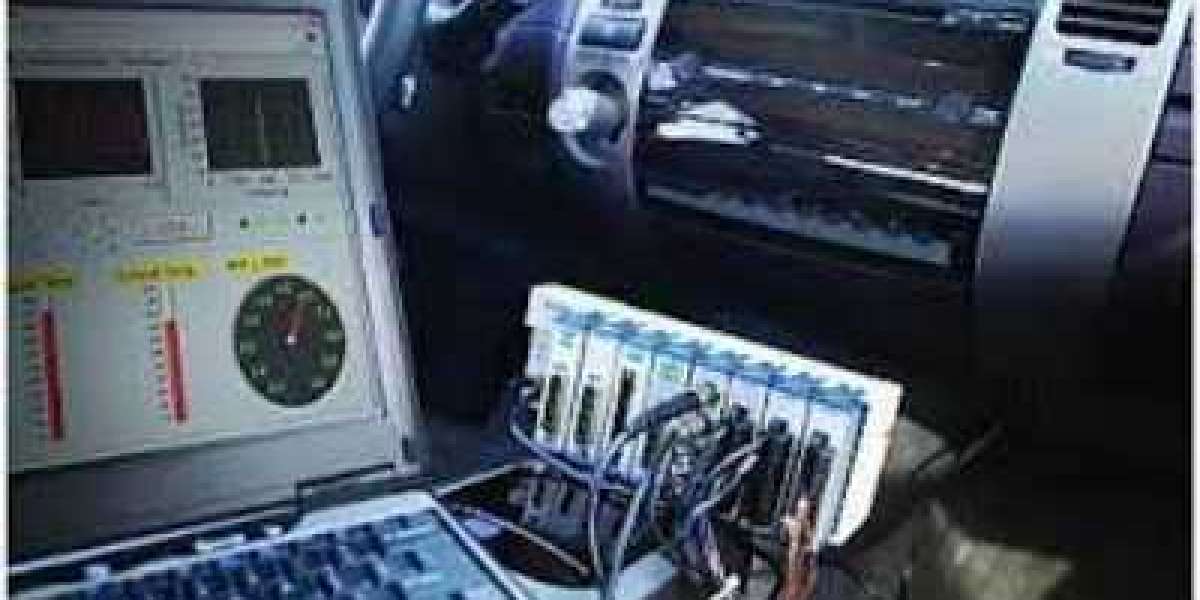In an age where ensuring the safety and quality of food products is paramount, the role of Laboratory Information Management Systems (LIMS) has become indispensable. These systems not only streamline lab processes but also play a pivotal role in upholding food safety standards and maintaining product quality. As the market teems with various LIMS software options, navigating the landscape requires a strategic approach tailored to the unique needs of the food industry.
Understanding the Importance of LIMS in Food Safety
LIMS software stands as the backbone of laboratories, orchestrating data management, sample tracking, and quality assurance. In the realm of food safety, these systems are instrumental in monitoring and managing the entire testing process, ensuring compliance with stringent regulatory requirements, and safeguarding consumer health.
Streamlining Lab Operations:
LIMS software optimizes workflows by automating routine tasks, such as sample accessioning, testing, and result reporting. This streamlining enhances efficiency, minimizes errors, and expedites the delivery of accurate test results.
Compliance and Regulatory Adherence:
For the food industry, adherence to regulatory standards is non-negotiable. A robust LIMS system should offer functionalities that facilitate compliance with regulations such as HACCP (Hazard Analysis and Critical Control Points) and FDA requirements, ensuring that food products meet safety and quality benchmarks.
Key Considerations in Selecting the Right LIMS Software
1. Industry-Specific Functionality:
A paramount consideration is choosing a LIMS solution tailored to the unique requirements of the food industry. Look for features that cater specifically to food safety protocols, including sample tracking, batch management, and compliance with industry regulations.
2. Integration Capabilities:
The ability of a LIMS system to integrate seamlessly with existing technologies within the food production environment is crucial. Compatibility with instrumentation, ERP systems, and other software applications ensures a cohesive ecosystem, facilitating data exchange and enhancing operational efficiency.
3. User-Friendly Interface and Scalability:
A user-friendly interface is essential for the smooth adoption and efficient utilization of the LIMS software by lab personnel. Scalability is equally vital to accommodate potential business growth and evolving lab needs without compromising system performance.
4. Data Security and Audit Trails:
Data security is paramount, especially when dealing with sensitive information related to food safety and quality. Look for LIMS solutions that offer robust data encryption, user access controls, and comprehensive audit trails to track changes and maintain data integrity.
Conclusion
In the realm of food safety and quality, selecting the right LIMS software is pivotal. The chosen system should align seamlessly with the operational dynamics of the food industry, ensuring regulatory compliance, efficient lab operations, and uncompromising data security. By prioritizing industry-specific functionalities, integration capabilities, user-friendliness, and robust security measures, businesses can navigate the maze of LIMS options to find a solution that serves as a cornerstone in ensuring food safety and quality assurance.



